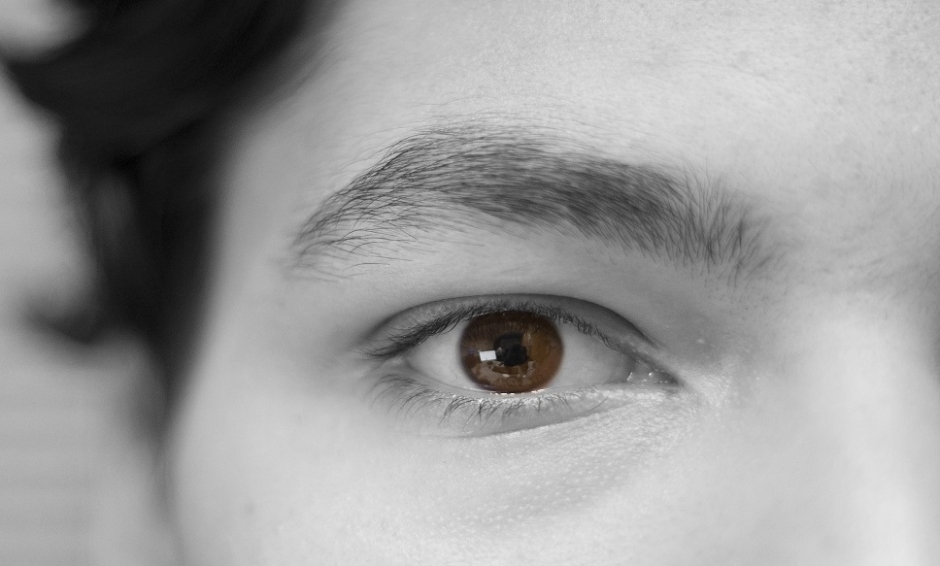BRAINWAVES of adults and babies are synchronised when eye contact is made between the two, which is likely to enhance communication and learning in infants, according to results of a study.
Method
Researchers at the University of Cambridge, Cambridge, UK set up two experiments that used electroencephalography (EEG) to compare the brainwaves of 36 infants (17 in the first and 19 in the second) with that of adults who were singing nursery rhymes to them, to establish whether their brainwaves would sync.
First Experiment
The first experiment involved a video of an adult, whose brainwaves were already recorded, singing nursery rhymes that were watched by the infant. The adult firstly looked directly at the infant, then averted her gaze by turning her head, before finally turning her head but still looking directly at the infant. Eye contact was shown to establish closer synchronisation, with the strongest effect taking place when the adult established eye contact while turning her head, which the researchers believe is because the gaze appeared more deliberate and therefore creating a stronger signal of the intention to communicate.
Second Experiment
In the second, real-time monitoring of both the adult and infant’s brainwaves was able to take place with an adult singing the nursery rhymes. She either looked directly at the infant or averted her gaze during the singing. It was found that brainwaves were more synchronised when there was eye contact, and the infants were just as interested in looking at the adult even when she averted her gaze; again, the researchers argued that showing an intention to communicate was the key aspect.
Vocalisation
The researchers also measured the amount of vocalisations made by the infants to the adult during each scenario, finding that a greater effort to communicate was made when there was eye contact. They also observed that higher brainwave synchrony took place in infants who made longer vocalisations.
Future Research
Lead author Dr Victoria Leong, University of Cambridge, commented: “This mechanism could prepare parents and babies to communicate, by synchronising when to speak and when to listen, which would also make learning more effective.”
Further research will try to establish the mechanisms that cause this synchronisation.
James Coker, Senior Editorial Assistant
For further information on the study, click here.








